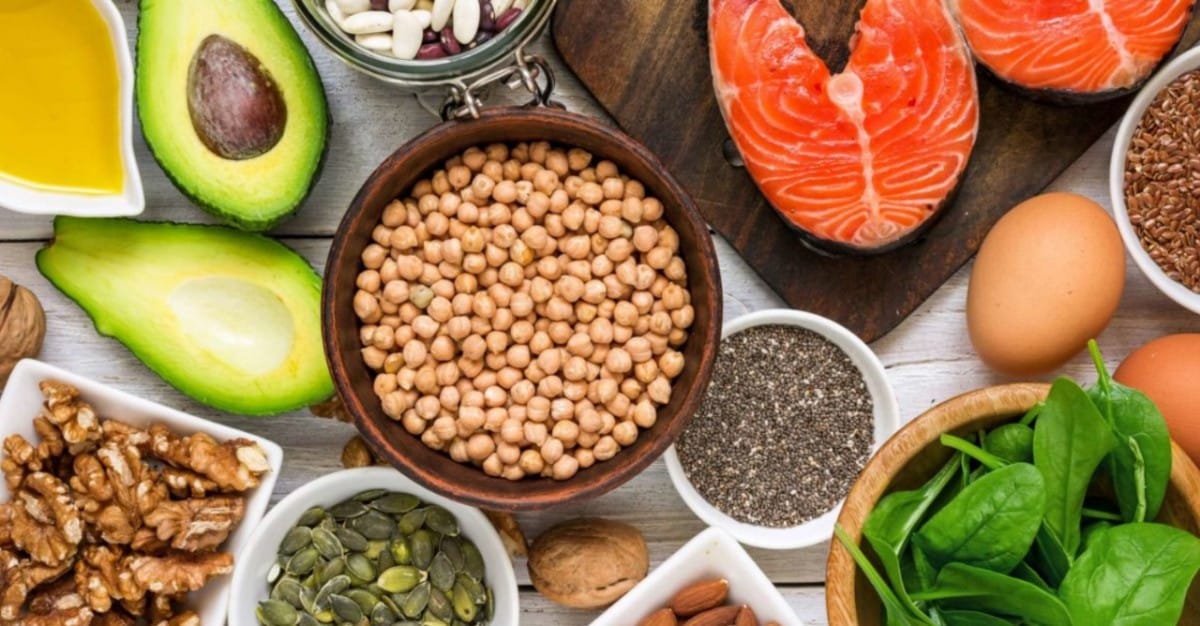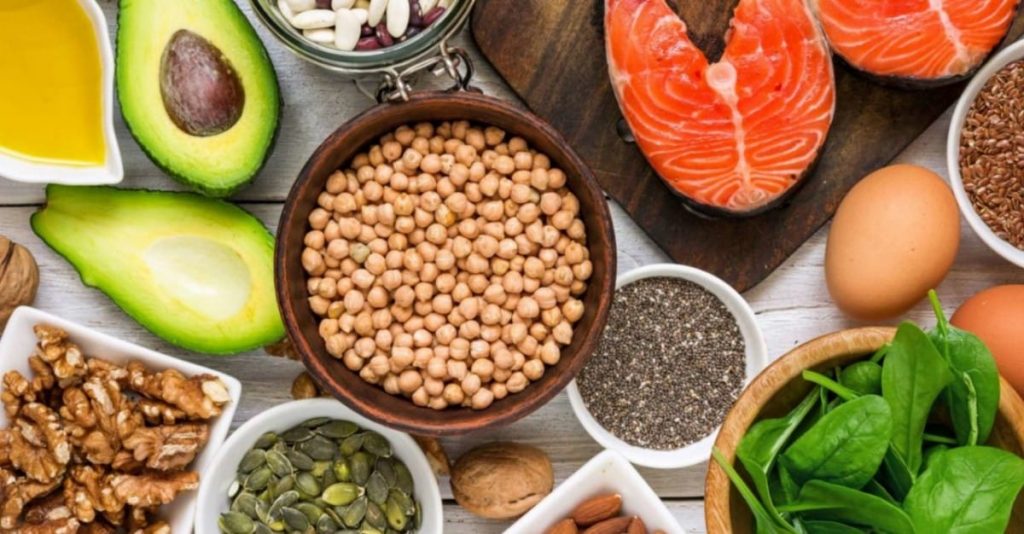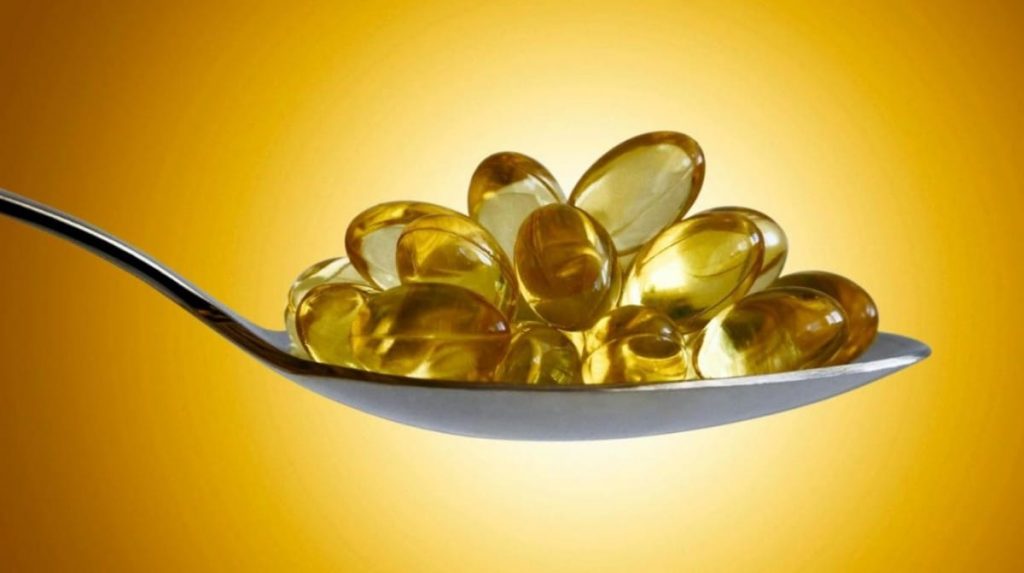Food Sources and Benefits of Omega 3

Food Sources and Benefits of Omega 3
🔍 Explore this post with:

Omega-3 fatty acids are incredibly important and they have a lot of food sources as well as a lot of benefits of omega 3.
Omega-3 fatty acids are a type of fat the body cannot make on its own.
They are an essential fat, which means they are needed to survive. We get the omega-3 fatty acids we need from the foods we eat.
Research shows that omega-3 fatty acids can improve your cardiovascular health. Most of this research involves EPA + DHA, but ALA can also help improve your health.
Benefits of omega-3 fatty acids being included in your diet can result in:
- Reduced risk of cardiovascular disease.
- Less risk of death if you have cardiovascular disease.
- Minimal risk of sudden cardiac death caused by an abnormal heart rhythm.
- Reduced risk of blood clots because omega-3 fatty acids help prevent blood platelets from clumping together.
- Keeping the lining of the arteries smooth and free of damage that can lead to thick, hard arteries. This helps keep plaque from forming in the arteries.
- Lowering triglyceride levels by slowing the rate they form in the liver. High levels of triglycerides in the blood increase the risk of heart disease.
- Less inflammation. Atherosclerosis (hardening of the arteries) is thought to involve your body’s inflammatory response. Omega-3 fatty acids slow production of substances that are released during the inflammatory response.
- Raise levels of high-density lipoprotein (HDL/“good” cholesterol).
- Lower blood pressure. People who eat fish tend to have lower blood pressure than those who don’t.
Some of the food sources of Omega 3 are,
Mackerel

Mackerel are small, fatty fish. In Western countries, they are commonly smoked and eaten as whole fillets.
Mackerel are incredibly rich in nutrients — a 3.5-ounce (100-gram) serving packs 200% of the Reference Daily Intake (RDI) for vitamin B12 and 100% for selenium.
What’s more, these fish are delicious and require little preparation.
Omega-3 content: 4,107 mg in one piece of salted mackerel, or 5,134 mg per 3.5 ounces (100 grams).
Cod Liver Oil

Cod liver oil is more of a supplement than a food. As the name implies, it is oil extracted from the livers of codfish.
This oil is not only high in omega-3 fatty acids but also loaded with vitamins D and A, with a single tablespoon providing 170% and 453% of the RDIs, respectively.
Therefore, taking just one tablespoon of cod liver oil more than satisfies your need for three incredibly important nutrients.
However, don’t take more than one tablespoon at a time, as too much vitamin A can be harmful.
Omega-3 content: 2,682 mg per tablespoon.
Anchovies

Anchovies are tiny, oily fish often bought dried or canned.
Usually eaten in very small portions, anchovies can be rolled around capers, stuffed in olives, or used as pizza and salad toppings.
Because of their strong taste, they are also used to flavor many dishes and sauces, including Worcestershire sauce, remoulade, and Caesar dressing.
Anchovies are a great source of niacin and selenium, and boned anchovies are a decent source of calcium.
Omega-3 content: 951 mg per can (2 ounces, or 45 grams) of canned European anchovies, or 2,113 mg per 3.5 ounces (100 grams).
Also Read: All You Need to Know About Macronutrients







